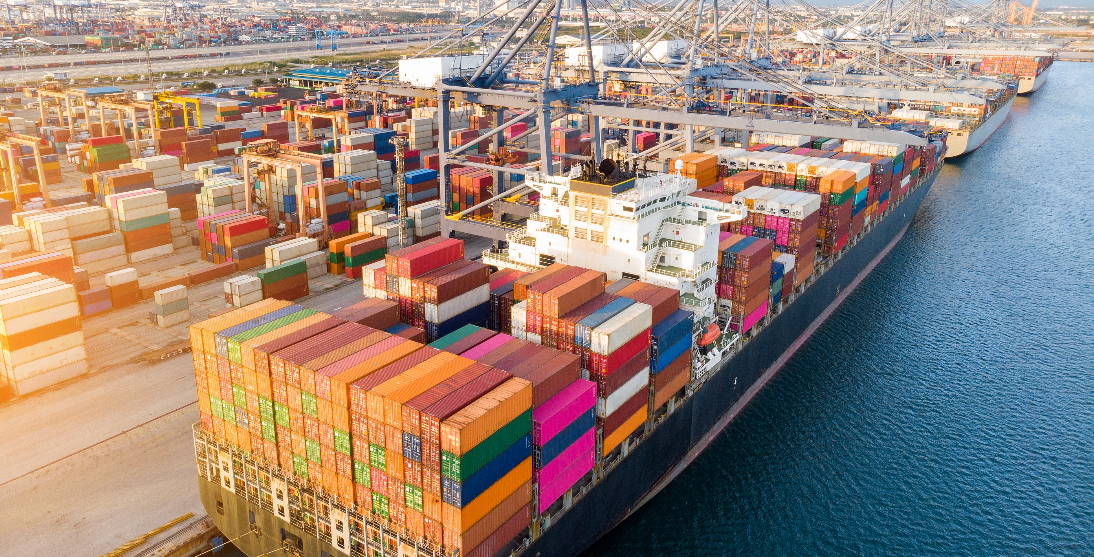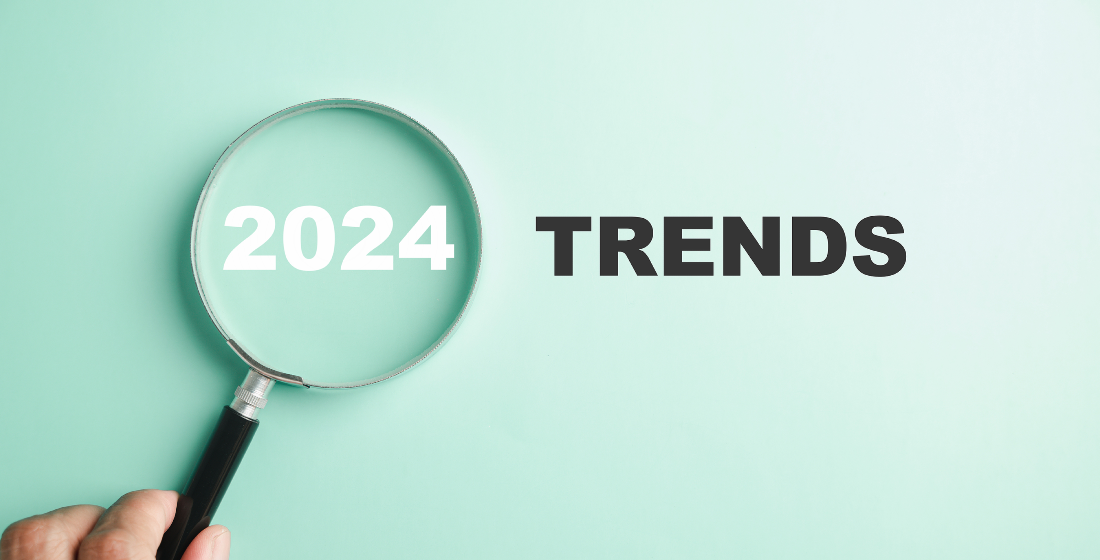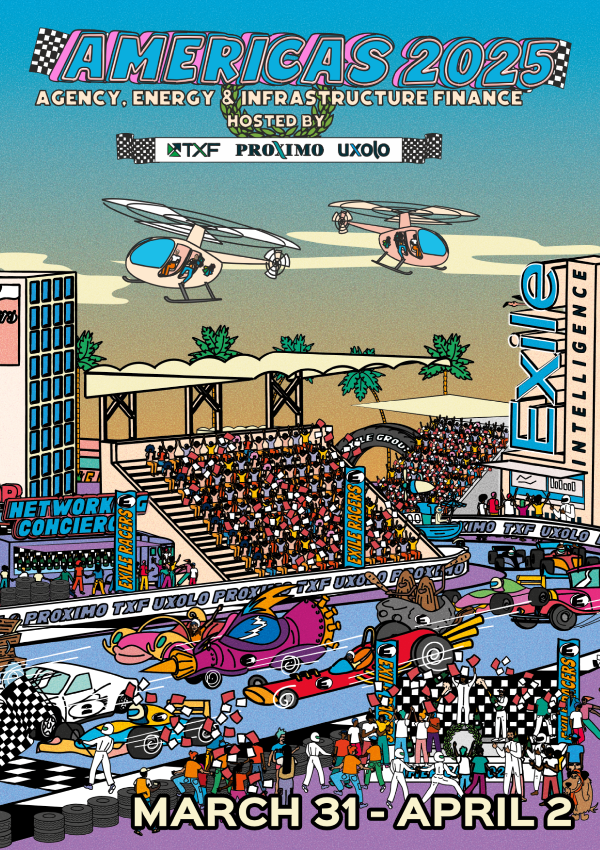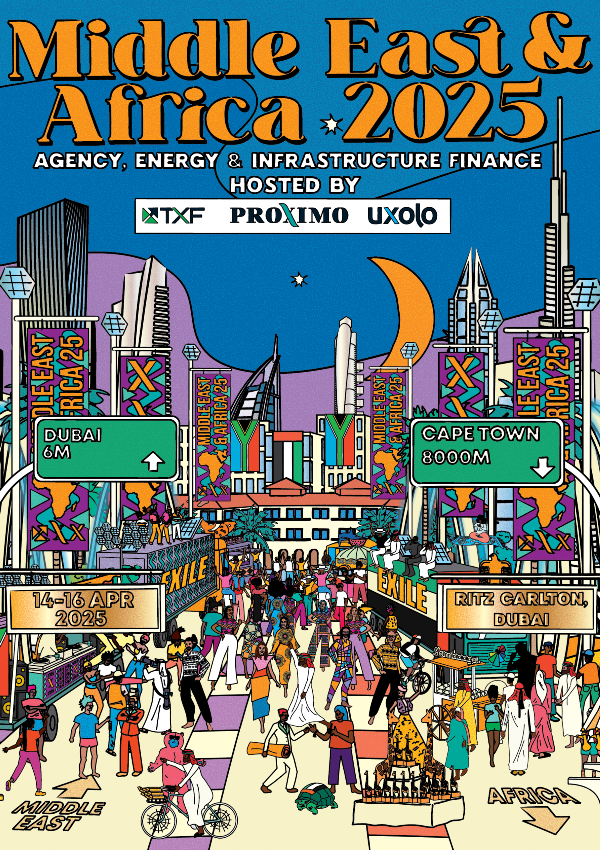Seaborne trade – not all plain sailing!
The container changed global seaborne trade forever. As consumers we simply expect goods to be transported and arrive, but two major incidents this year reveal the harsh realities that can occur in the transport of goods by sea.

The supply chain for global trade is a wonderful but complex and ever-changing arrangement. The logistics of trade are intricate and increasingly helped by big data, electronic documentation, digitisation, standardisation and harmonisation to ensure goods and commodities move seamlessly through international borders and in and out of road and rail hubs, ports and airports across the globe.
The practical element in terms of selection and loading of goods is also one that is in a constant state of flux as procedures improve, become more automated and efficient. For most of us we regularly see truck and rail transportation, but not everybody sees the ports and the vessels that carry the bulk of global trade today. Seaborne trade accounts for the largest share of cross-border trade. But it is not all plain sailing as two disastrous maritime events this year reveal (see below).
Within seaborne trade the range of vessels is immense, and in a commercial sense they very broadly range from bulk carriers, to tankers – specialist to very large crude carriers (VLCCs), and to container vessels – from feeder vessels to ultra large container vessels (ULCVs). The container (the box) which first properly came on the scene in the late 1950s changed everything massively in terms of global merchandise trade and the way ports are operated.
According to the World Shipping Council (WSC), in 2019 the international liner shipping industry transported approximately 226 million containers, with cargo transported valued at more than $4 trillion. There are more than 6,000 ships carrying containers around the world at any point in time.
On 30 November, the ULCV ONE Apus lost 1,816 TEU (twenty-foot equivalent units) containers - 64 are believed to be ‘dangerous goods’ containers - as it sailed across the Pacific Ocean towards Long Beach, California. This is the largest number of containers lost overboard and maritime experts say it represents the worst weather-related container loss in history. No information has so far been released in relation to the ‘dangerous goods’ containers.
The ONE Apus is a 14,000 TEU containership built in 2019 measuring 364-metres in length and sailing under the Japanese flag. The vessel is operated by Japan’s Ocean Network Express. Chidori Ship Holding and NYK Shipmanagement are the owner and manager, respectively.
That incident came just one month after another ONE line-operated ship of 14,000 TEU-capacity, the ONE Aquila, also suffered collapsed containers during severe weather during its trans-Pacific crossing from Yantian, China to Long Beach.
Since 2011, the WSC has undertaken a survey of its members to accurately estimate the number of containers that are lost at sea each year. The WSC’s member companies operate more than three quarters of the global containership capacity; thus, a survey of their losses provides a valid basis for a meaningful estimate of the total number of containers lost at sea. Previous surveys demarcated between catastrophic (accidents and sinking) and non-catastrophic incidents (mainly weather-related) – although the 2020 Update to the Containers Lost at Sea Survey only includes total containers lost at sea. The update was released prior to the containers lost from the ONE Apus.
The WSC states: “The industry recognises that all containers lost at sea represent safety and environmental hazards regardless of how and when those containers were lost. It is this number that the industry seeks to reduce, and we continue to work with governments and other interested stakeholders to identify losses, their causes, and actionable solutions to reduce the losses in the future.”
Looking at the trend of three-year averages, reported in each of the survey updates, WSC notes: “In the first period (2008-2010), total losses averaged 675 [units] per year and then quadrupled to an average of 2,683 per year in the next period (2011-2013). This was due in large part to the sinking of the MOL Comfort (2013) that resulted in a loss of 4,293 containers and further impacted by the grounding and loss of M/V Rena (2011) resulting in approximately 900 containers lost. Fortunately, there have not been such significant losses in a single incident reported since.
Nevertheless, the next period (2014-2016) was marked by another vessel sinking with the tragic total loss of the SS El Faro (2015) with the loss of 33 crew members and 517 containers. Even with that, the three-year average annual loss for the period was 1,390, about half that of the previous period. The downward trend continued into the most recent period (2017-2019) when the three-year average annual loss was almost halved again to 779.”
In conclusion WSC states: “Containers lost overboard represent less than one thousandth of 1% of the roughly 226 million containers currently shipped each year. Nevertheless, the liner shipping industry remains committed to continuing to partner with governments and other stakeholders to enhance container safety in order to further reduce the number of containers lost at sea.”
These are very small percentages, but the reality is that there are 226 million containers moved each year by ship and even a small part of this huge number ending up in the sea can have a catastrophic environmental impact. Is better policing needed to ensure vessels are laden appropriately, do they need to carry less and can technology help these processes? At the end of the day, container shipping comes down to unit cost and any increase on this must be borne by the end consumer.
The largest container vessels on the seas now are the 400 metre long HMM Algeciras operated by Hyundai Merchant Marine with 24,000 TEU capacity, MSC Gulsan operated by Mediterranean Shipping Company with 23,756 TEU capacity, and OOCL Hong Kong with a capacity of 21,413 TEU operated by Orient Overseas (International) Limited.
It is certainly a blue planet as the earth is almost 70% seas and oceans, but we certainly don’t look after our oceans properly. On the container front, in one episode of David Attenborough’s magnificent Blue Planet series it described how some containers had gone overboard from a vessel in the north Pacific, and one container was full of yellow plastic ducks. Some two years later some of these faded plastic ducks were being washed up on the west coast of Scotland having been carried by global currents!
New vessels are being built in many cases to more exacting emission standards these days. And under the IMO 2020 regulation from January 2020 all vessels will be required to operate with lower sulphur fuels or have scrubbers fitted. Is the maritime sector prepared? No, even though it has had years to prepare. There is still much work to be done in this area. Beyond this there are regular instances of vessels cleaning out their tanks at sea and others dumping at sea. Very few are ever caught or prosecuted, and it all has an impact!
Accidents happen of course, and in one incident in April this year, some readers will recall the grounding of the bulk carrier MV Wakashio off the coast of Mauritius with the subsequent spilling of nearly 1,000 tonnes of fuel oil. Close to an important maritime national park, scientists said it was the country’s worst ecological disaster.
The scandal of seaborne livestock trade
In another recent example of maritime trade disasters this year, on 2 September a Panamanian-registered livestock carrier Gulf Livestock 1 sank off Amami Ōshima Island in southwest Japan due to Typhoon Maysak, with the loss of 40 crew members and nearly 6,000 live cattle. The livestock were being transported from New Zealand to China reportedly for breeding purposes.
Many of the livestock carriers are converted old bulk carriers or container ships. The Jordanian-owned Gulf Livestock 1 was an 18-year old converted container ship. Back in May 2019 it was actually detained by Australian port authorities while “stability and navigational” issues were resolved. This is one vessel that should not have even been at sea in 2020, let alone a top-heavy one laden with 6,000 cattle and in a typhoon!
The incident once again brought up questions about the safety and ethics of transporting livestock by sea. This is a debate that has been going on for years and has been highlighted not so much through maritime accidents but by the horrific conditions which livestock endure on board long journeys particularly from Australia and New Zealand to the Middle East, and by film and reports about the way animals are treated once arriving in some of the export destinations. Heat and cramped conditions lead to many deaths on these so-called livestock carriers. No decent farmer wants stock that he has reared to endure these horrific journeys to often unregulated export markets. Transnational livestock trade is rife with abuses and needs to be properly policed or banned outright!
Now time to get up to speed with the markets
Here's a selection of original TXF Subscriber articles recently published
TXF's Global Trade 2020 report is here
TXF's Global Trade Virtual event - which will kick-off from 8-10 December - will be complemented by a bespoke report that delves into the most pertinent trends facing the trade finance community in the Covid-19 epoch. Register or download the report here.
Lead arrangers in for three European data centres
Project sponsor Vantage Data Centers, in partnership with Digital Colony and PSP Investments, has appointed ING and Natixis to arrange financing for three data centres in Europe, with a total cost of €270 million ($322m).
Four bids in for ADNOC's subsea transmission project
Abu Dhabi National Oil Company (ADNOC) has received bids from China Southern Power Grid; Elia/Vision Interest; Kansai Electric; and KEPCO/Kyuden/EDF for the $2 billion high-voltage subsea transmission project to link its offshore facilities to the national grid.
SMBC continues project finance team rejig
SMBC has promoted James White to director of structured finance for transport and telecoms in London. White has been at SMBC since 2011 with a project finance focus in the EMEA region.
Promotion for Koning as ING boosts structured finance
Maarten Koning has been appointed global head of trade and commodity finance at ING based in Geneva, the bank's largest TCF hub.
Manah solar bids due next week
Bids are due on December 7 for the 500MW Manah 1 and Manah 2 solar projects tender in Oman. OPWP prequalified nine bidders in July: Masdar/EDF Renewables, Eni/SB Energy, ACWA Power, Jinko Power, Korea Western Power/Hanyang, Corporation/Solar Reserve/Nafath Renewable Energy, Marubeni, PowerChina, TagEnergy/Shanfari Group and Total Solar International.
IFC reviews Guondong mobile network expansion deal
The IFC is reviewing a financing to Guodong Network Communication Group - China’s largest privately owned independent tower company - to roll out a $145 million project to expand the firm’s tower network.
Ghana's Tema LNG project reaches FC
On 16 November, Access LNG - a joint venture between Helios Investment and Gasfin Development - reached financial close on a 10-year $31 million loan from Emerging Africa Infrastructure Fund (EAIF) to finance its Tema LNG floating regasification unit in Ghana.
Uzbek RFPs for Syrdarya CCGT project financing near
On 2 November, Uzbekistan’s Ministry of Energy shortlisted prequalified bidders for the Syrdarya combined-cycle gas turbine (CCGT) power PPP.
More details on Protos EfW financing
More details have come to light on the debt backing the £345 million ($465 million) Protos energy-from-waste (EfW) project in the UK.
Edgcore closes on data centre debt
US data centre developer EdgeCore Internet Real Estate 1 has signed and closed syndication on the debt backing three new data centre buildings in Virginia.





